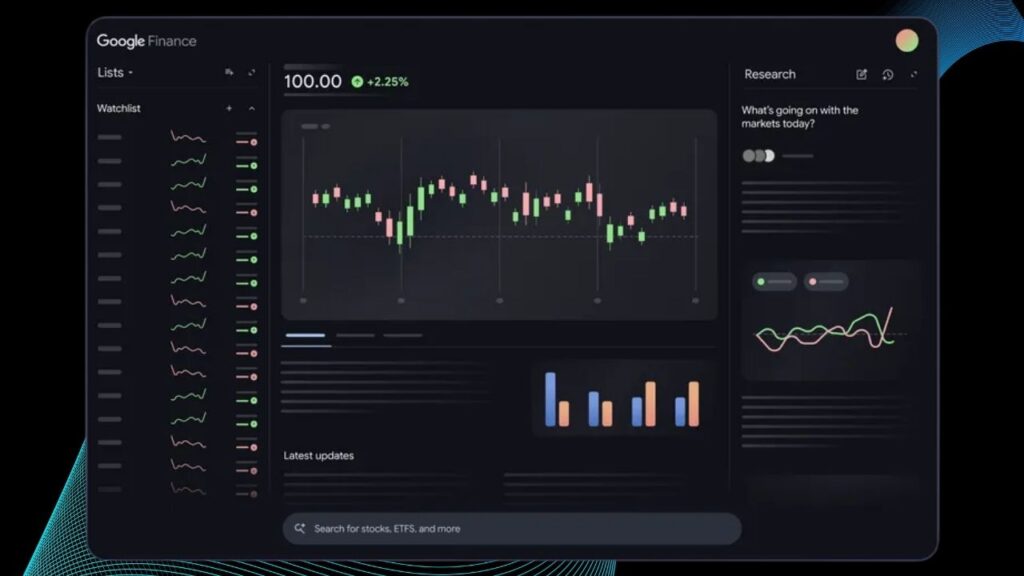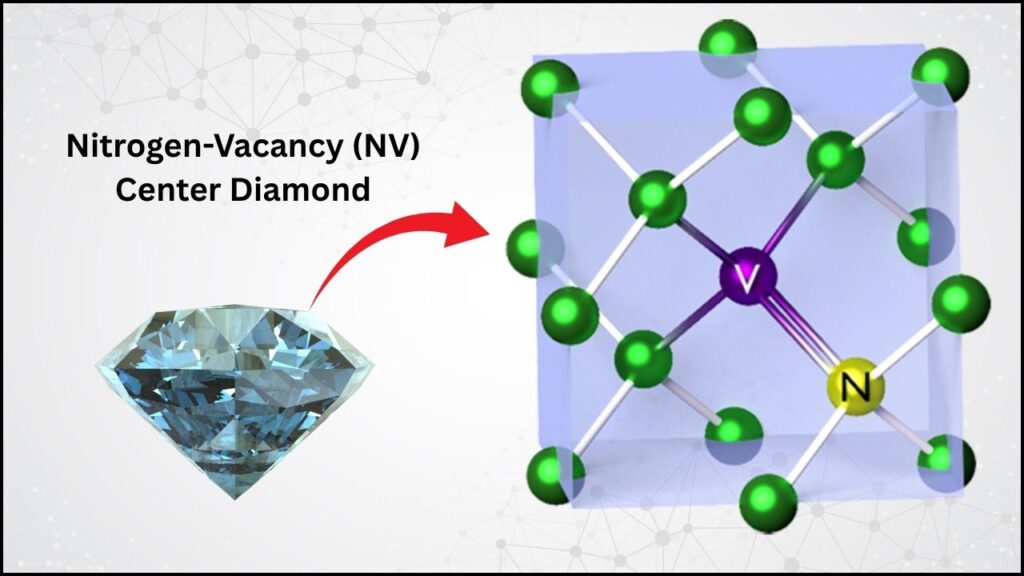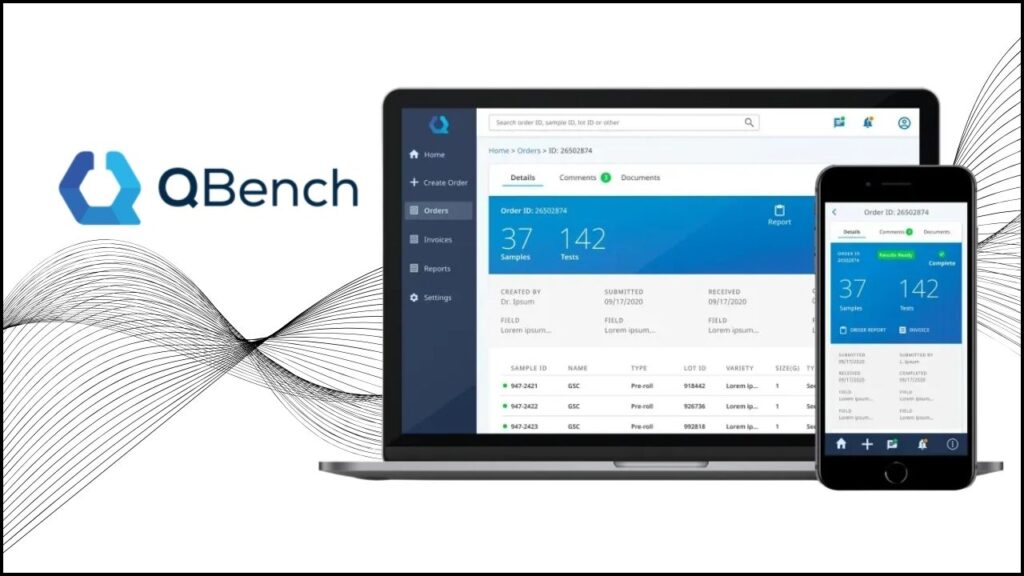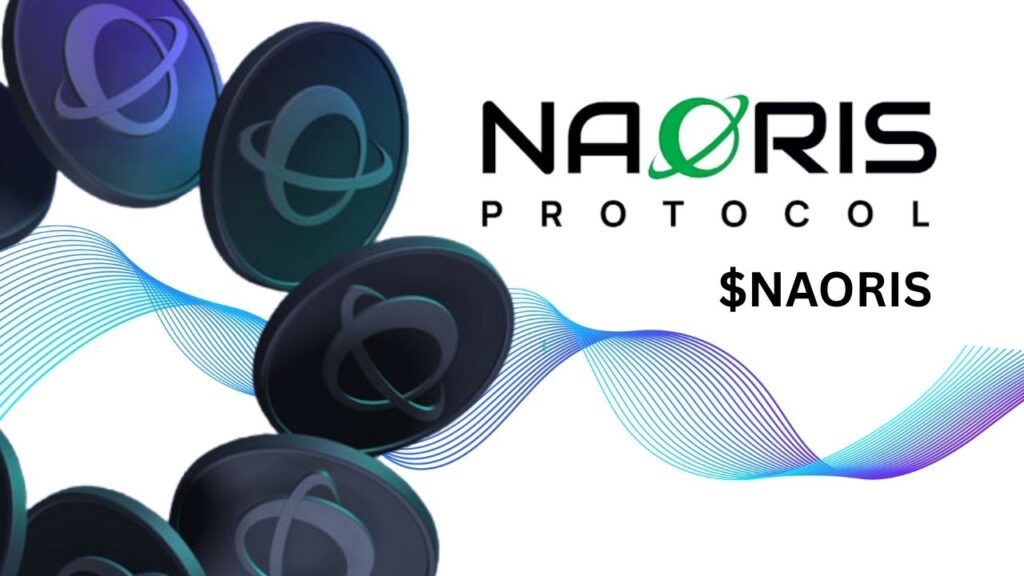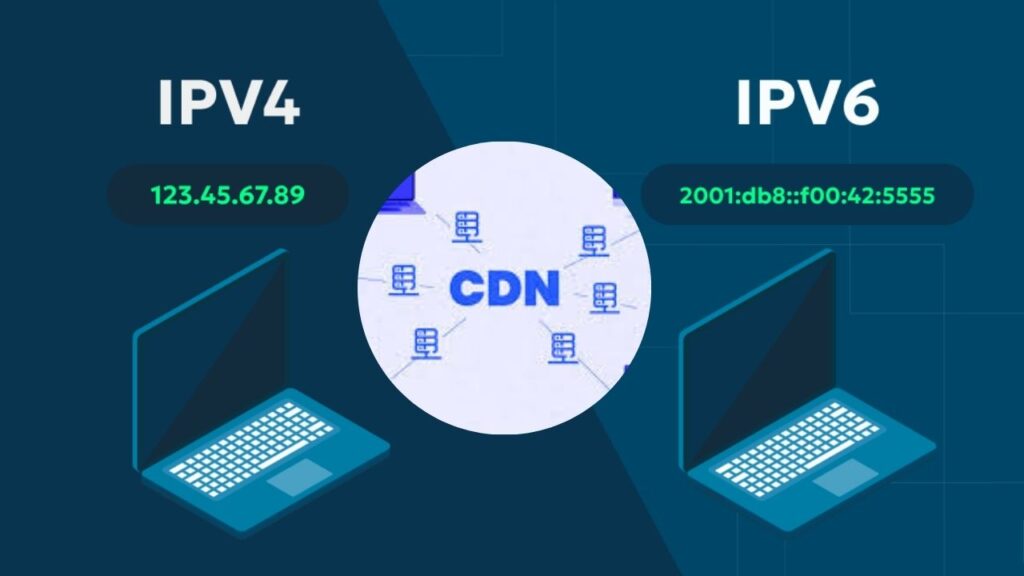New Quantum Trick Lets Computers Guess the Future With Just a Few Qubits is more than just a headline—it’s a peek into the remarkable progress in quantum computing. Scientists have discovered a clever method that allows quantum computers to simulate multiple futures using just a handful of qubits. This leap forward could change how we predict complex outcomes, from forecasting weather patterns to optimizing global logistics.

The breakthrough is rooted in quantum mechanics, where qubits—unlike classical bits—can represent multiple states at once. By using superposition and interference, researchers created a method where a quantum computer can analyze many possible future scenarios simultaneously. It’s not magic or science fiction—it’s the emerging reality of how quantum systems might reshape computation itself.
Table of Contents
New Quantum Trick Lets Computers Guess the Future With Just a Few Qubits
| Highlight | Details |
|---|---|
| Simulated futures | 16 outcomes using a few qubits in a photon-based experiment |
| Quantum principle used | Superposition and quantum interference |
| Qubit requirement for real-world use | Dozens of logical (error-corrected) qubits needed |
| Recent advancement | Logical qubit-based error correction successfully demonstrated |
| Current goal | Building quantum systems with 50+ logical qubits |
| Global investment | Over €80 million into building Denmark’s national quantum infrastructure |
| Projected timeline | Real-world applications expected between 2025–2027 |
| Official source | quantum.novonordiskfoundation.org |
The ability to simulate future outcomes using just a few qubits is a powerful demonstration of what quantum computing can achieve. Though it’s still early days, this trick shows how quantum systems can handle problems classical machines struggle with. As investments increase and hardware improves, we’re getting closer to a future where quantum computing becomes a part of everyday technology.
Understanding the Quantum Leap
What Makes Quantum Computers Different?
At the heart of this innovation is superposition—a quantum property that allows a qubit to be in multiple states (0 and 1) at the same time. This means that while classical computers calculate outcomes one-by-one, quantum systems can explore many possibilities at once.
This capability was recently demonstrated in a laboratory setup where just a few qubits simulated up to 16 different future outcomes. Through a process known as quantum interference, the system filtered out unlikely paths and amplified probable ones, effectively “guessing the future” in parallel.
How the “Guess-the-Future” Trick Works
Step 1: Encode All Possibilities
Instead of analyzing each possible outcome separately, scientists encode all options into a quantum system. For instance, a decision tree with four binary choices leads to 16 possible futures—each can be embedded into the state of a few qubits.
Step 2: Let Superposition Do Its Job
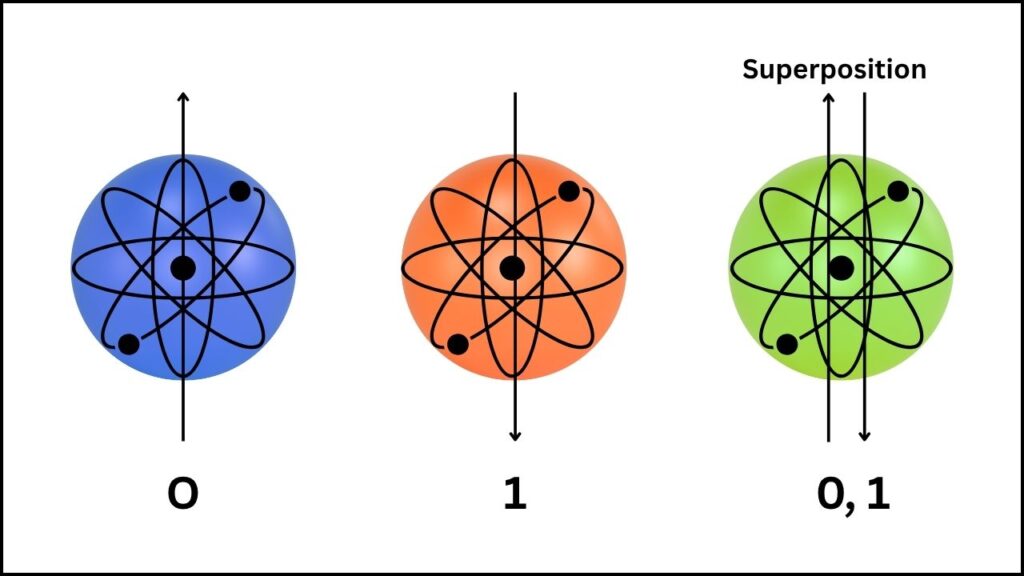
The system enters a superposition, meaning all futures exist simultaneously within it. The quantum computer does not “choose” one—it holds them all at once.
Step 3: Use Interference to Highlight the Likely Outcomes
Once these futures are evolving in the system, quantum interference cancels out the paths that don’t make sense and strengthens those that do—resulting in a kind of probabilistic prediction.
Why Only a Few Qubits Aren’t Enough (Yet)
While this “guessing” trick is promising, it’s still in its early stages. Real-world applications need not just more qubits, but more reliable ones. Today’s qubits are prone to noise and errors. That’s why researchers focus on building logical qubits—which are made from several physical qubits and use error correction to maintain data integrity.
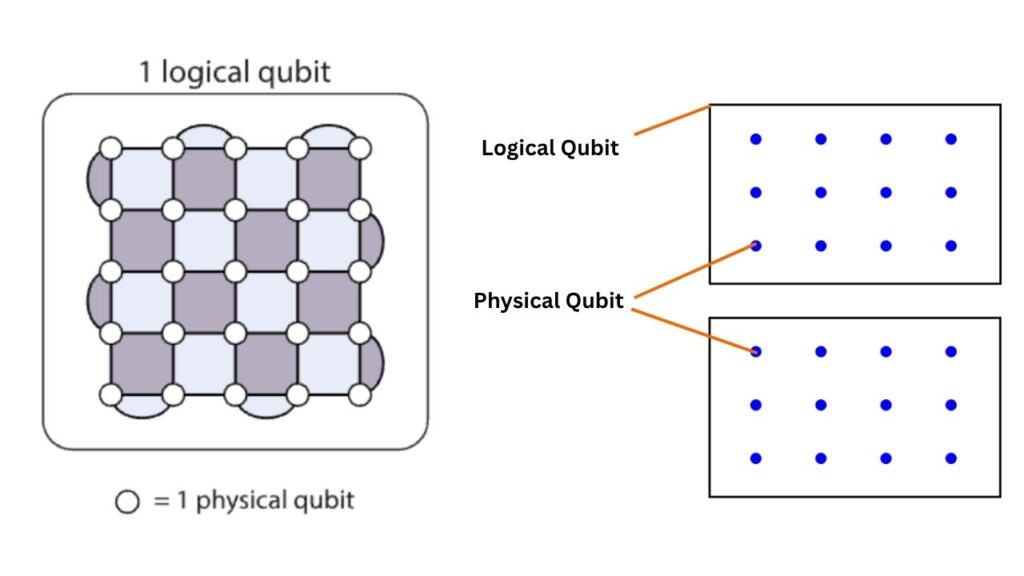
A single logical qubit may require dozens or even hundreds of physical qubits, depending on the architecture. The industry is now racing to scale this up, aiming for 50–1,000 logical qubits over the next few years.
Recent Breakthroughs in Logical Qubits
One of the biggest hurdles in quantum computing is error correction. Quantum systems are incredibly sensitive, and even minor interference can throw off calculations. That’s why logical qubits are essential—they group multiple physical qubits into a single unit that can self-correct errors.
Recently, researchers demonstrated a process called magic state distillation—a critical piece in building error-corrected logical qubits. This was a long-standing theoretical requirement that’s now been experimentally realized, marking a major milestone in building usable quantum systems.
Real-World Efforts and Investments
Denmark’s Push for Quantum Leadership
Denmark is emerging as a global quantum hub, with over €80 million invested into a new initiative aimed at building a 50-logical-qubit system by 2026. This project brings together top research institutions and tech companies to accelerate real-world quantum computing capabilities.
Quantum Chips Are Getting Smarter
New quantum chips like Google’s “Willow” and Microsoft’s “Majorana” are making headway. Willow has shown early success in handling over 100 physical qubits with improved stability. Meanwhile, Majorana uses topological qubits to reduce error rates, representing a novel approach to qubit design.
When Will Quantum Computers Be Practical?
While current quantum machines are still prototypes, progress is fast. Experts expect real-world quantum applications to emerge between 2025 and 2027, especially in industries like:
- Pharmaceuticals – Simulating molecules and drug interactions
- Finance – Portfolio optimization and fraud detection
- Logistics – Route planning and real-time supply chain optimization
- Artificial Intelligence – Enhancing machine learning models
By the early 2030s, we may reach quantum advantage—the point where quantum computers outperform classical ones in meaningful ways.
What This Means for Professionals
For Business Leaders
Quantum computing isn’t just for scientists. It has potential implications for risk management, encryption, product design, and AI. Companies that prepare now—by investing in pilot programs or partnerships—will have an edge.
For Developers and Engineers
Skills in quantum programming, error correction, and hybrid quantum-classical systems will become highly sought after. Learning platforms like IBM’s Qiskit and Microsoft’s Azure Quantum offer free resources to get started.
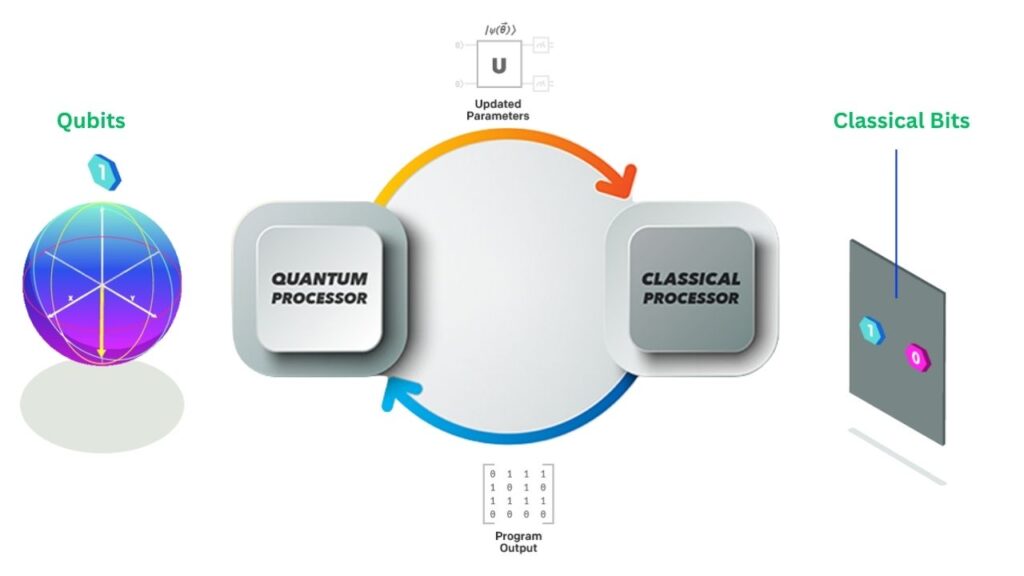
For Cybersecurity Experts
Quantum computers pose a real threat to current encryption standards. Organizations should begin evaluating post-quantum cryptography and stay ahead of changes that could make existing protocols obsolete.
New Cryogenic Silicon Chip Offers Breakthrough in Managing Spin Qubits for Quantum Computing
Randomness Unlocked as the Secret Fuel Behind Quantum Computing Power
Quantum Networking May Be the Missing Link to Unlocking Scalable Quantum Computing
FAQs About New Quantum Trick Lets Computers Guess the Future With Just a Few Qubits
Q1: Can quantum computers actually predict the future?
Not exactly. They simulate multiple future possibilities at once, but they don’t predict with certainty. It’s about probabilistic modeling, not prophecy.
Q2: How many qubits do we need for useful quantum computing?
Experts estimate that around 50 to 1,000 logical qubits—which require many more physical qubits—are needed for practical use.
Q3: What’s a logical qubit?
A logical qubit is a group of physical qubits that work together using error correction to act like one reliable qubit.
Q4: What are some real-world applications of this quantum technique?
Potential uses include forecasting complex systems, optimizing large datasets, and improving AI training models.
Q5: How can I learn quantum computing from scratch?
Start with beginner-friendly platforms like IBM Qiskit or Microsoft Azure Quantum, which offer guided tutorials and simulators.



